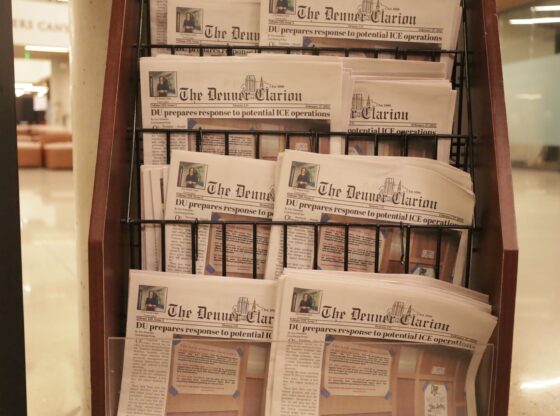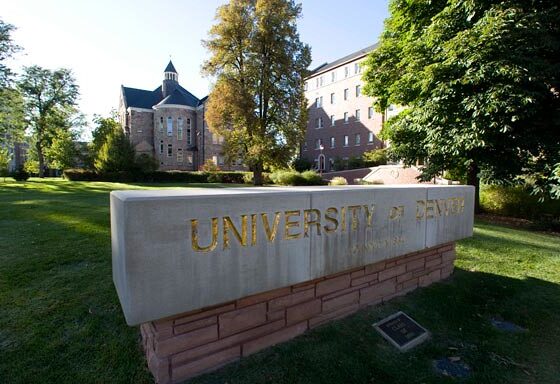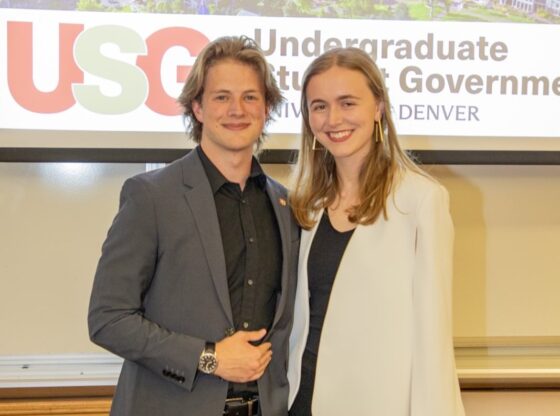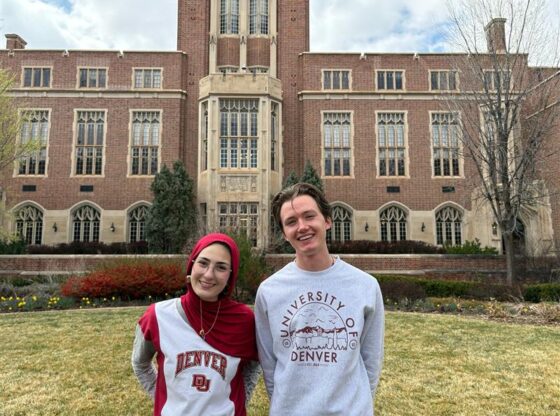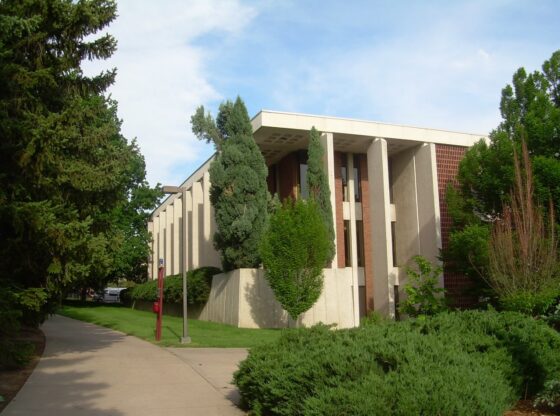Third-year student at DU, Scott Romano, is working with a team of individuals to take the news stereotype from “grandpa with his coffee and paper” to something applicable for young citizens today. This is in the works though the Colorado Media Project, an experimental project with the goal of creating the future of Colorado news. Romano said that the main goal of the organization is to “get people excited about the news.”
The project began a few months ago as Romano and his team conducted 10 empathy interviews with Coloradans to seek out what it is that the people want from their news and news sources. This stage of the process left the team of three with an excel spreadsheet full of ideas which then had to be pared down to four approaches which could then be tested. As project manager, Romano works to bridge the gap between those working in the media and the consumers on the other end.
The goal of all media platforms is to bring information to its readers and allow people to get engaged with their communities. In regards to news, Romano claims that young people want the platforms to speak their language, give them the content they want and adhere to where they are, both geographically and experientially. Taking these findings from the interviews, the project was developed to put to the test and conclude in which direction news should move to remain relevant.
The least successful of the four trials occurred on a platform with the web address inspectre.news and adhered to the interviewees’ wishes to learn things while reading the news that brought a perspective on topics which differed from their own opinions. This platform determined that although individuals did claim to want to know opinions across the spectrum, no one actually clicked to read the articles which contradicted his or her opinion.
Proving to be more successful were the platforms Geostory, Story Hound and Daily Snack Twitter feeds: CODailyLife and CODailyNews. Geostory was a digital platform in which each individual received a personalized set of news stories daily which adhered to their geographical location as well as other locations they frequent. This proved to be great, as those who do not live on the front range in Colorado often do not have access to stories across the state. Also, this platform was able to inform people of how news from all over impacted their lives specifically. Story Hound was an app which is compared to dating platforms such as Tinder and Bumble, as news stories come up one by one on a screen and are able to be opened up to be read in full, discarded with a left swipe or saved with a swipe to the right. This platform was one of the ones with news most readily accessible, literally at one’s fingertips, and was appealing to users. Lastly, the two Twitter news feeds posted 10 pieces of content per day showcasing a wide variety of mediums including news articles, podcasts, video clips, etc. This allowed viewers to pick which news platform they wanted to receive information through and obtain that information in a very short period of time. Another positive aspect was the wide variety of topics that came up each day.
Following the trial period, the Colorado Media Project is taking their findings to journalists for them to include in their news deliverance from now on. Romano wants students at DU to know that everyone should be a part of the news and that journalists everywhere are looking to students with a want to learn from and be of service to them for generations to come.







